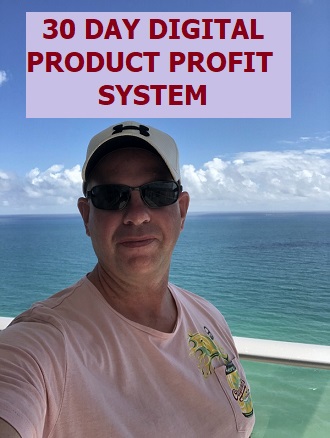I received a number of emails back regarding yesterday’s Blog posting where I showed my top traffic sources for August – some of you just thanked me for being so transparent, while others had some questions…
I thought today, I would answer some of those questions
Many of the questions surrounded Long-Tail and Web2.0 and how they related to generating traffic.
Traditional marketing is based on the past reality that for any given product for-sale in the marketplace there is very small portion of available products that become immensely popular, while all of the others never hit the awareness curve of the average public and so die a slow death.
Chris Anderson authored the Long Tail Book starting an amazing string of adapting the concepts to various marketing and product development techniques. He now has a long-tail blog here.
However, given alternative methods of "finding out" about products – really the formalization of word-of-mouth marketing, suddenly 20 key leaders in a given market with thousands of products that never sell turns into a 1000’s of products that sell a little adding up to allot – creating a long-tail distribution curve instead of a short-peak curve distribution curve.
For example, Barnes and Nobel (large bookstore chain) lists just over 120,000 books in it’s catalogs – yet Amazon is making more than 50% of their revenue from books outside of this core listing of Barnes and Nobel – mainly because of Web2.0 marketing techniques such as user reviews, user rating systems, and links between products suggesting additional related titles.
The same thing holds for music – you used to walk into a music store and be presented with a finite number of titles to choose from – now on iTunes or other music distribution sites you can see millions of titles and in the end- the sum of purchases on the long-tail titles will eclipse the traditional titles.
Long-Tail TRAFFIC GENERATION
Ok, so what does this have to do with traffic generation.
Apply the same principles – target lesser known, but highly relevant keyword phrases (and lots of them) such that your total long-tail marketing eclipses the results of your traditional marketing…
What it means is simply that there are enough user-generated content sites where you can submit content, syndicate content (what you are doing when you publish posts to your own blog for example), perform reviews, and otherwise get many smaller sites recommending your content that you will notice 10’s of visitors coming from literally hundreds and hundreds of sites based on targeted keywords and user generated content techniques that will add up to very significant traffic and sales.
Here’s another example…a couple of years ago, web marketers tried to identify the most in-demand, top 20 or 30 keywords related to their niche and put all their effort into trying to get ranked highly for those keywords by optimizing their sites, submitting articles, blog postings, etc…for those high level keywords.
If their market was weight loss, they would spend all their time pursuing a popular keyword phrase such as "weight loss program" which currently shows 84,000+ searches per month on Overture’s Inventory Tool
but also demonstrates over 2,000,000 competitive pages when you search Google using exact matching (by putting quotes around the keyword phrase) – you have to ask – what are your chances of ranking in the top 10 or 20 pages of 2,000,000+ pages?
Ok, so an alternative approach emerged called long-tail keywords which simply means you get smart about picking keywords that still have some demand, but that have much less competition so you can rank higher. The reality is that if you write articles, blog postings, press releases and even Web2.0 content targeting many of these long-tail words you will get much more traffic, and it will be more apt to buy your products since it’s more targeted to your message than if you struggle on the 40th page of Google results under a more popular keyword.
Let me know if I’ve answered your questions here…I’ll expand more in subsequent posts on some Web2.0 techniques you may want to explore.
Let me remind you all that we cover these techniques on traffic generation (and many more) in greater detail using video and case studies within our Leading Information Product Marketer’s Site.
You can get lots of free sample articles and videos with no strings attached by visiting our InfoMarketer’sZone Sample Articles Site


